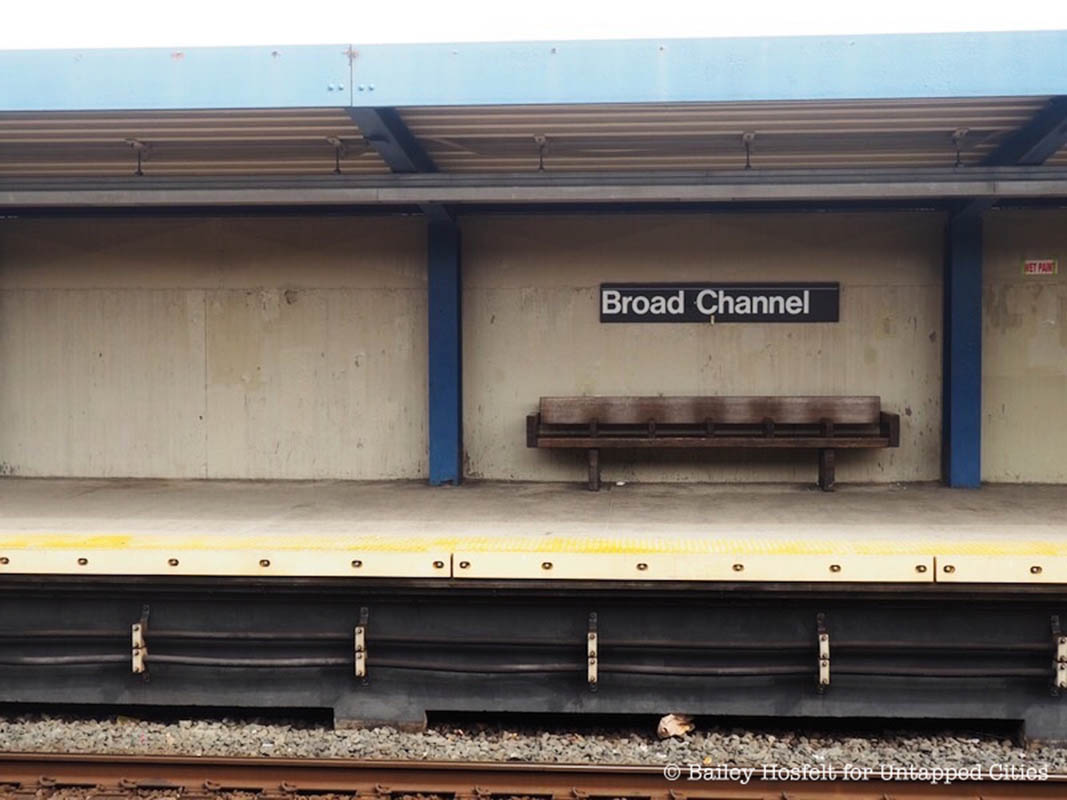Love it or hate it, New York City’s subway system helps millions of people get from point A to B for a flat rate of $2.75 a trip. Despite its state of emergency status, the MTA still remains a mainstay of urban transportation. Everyone can probably rattle off — or at least guess — which stations get the most ridership throughout the year. But what about the not-so-often visited stops along New York’s various subway lines?
According to the latest available data, annual subway ridership was 1.727 billion in 2017. Roughly 25 million of that comes from New York City’s five busiest subway stations alone, which are Times Sq-42 St, Grand Central-42 St, 34th St-Herald Sq, 14 St-Union Sq and 34 St-Penn Station, respectively.
Although millions upon millions swipe their MetroCards through the turnstiles of Manhattan‘s most popular stops, subway stations in the far-reaching corners of New York City prove just as important for New Yorkers. One train line, as opposed to many, generally services those stops, but for every Herald Square, there is a Far Rockaway.
Broad Channel, Beach 105th St, E 143rd St-St. Mary’s St, 215th St and Bay Parkway were, when looking in each borough (excluding Staten Island, which is not included in MTA’s statistical breakdown), the least five popular subway station stops.
Broad Channel in Queens, which came in dead last out of 421 stations included in the data, had an annual ridership of 91 thousand. Manhattan’s 215th St ranked 395 with 636 thousand annual riders, a mere fraction of Times Square’s 64.5 million.
Experience the expansive underground in photographs, divided by the least busy in each borough. The familiar, most popular stations are also thrown in for comparison:
Least Traveled
Queens: Broad Channel and Beach 105th St; A and S Train (91,208 annual riders)
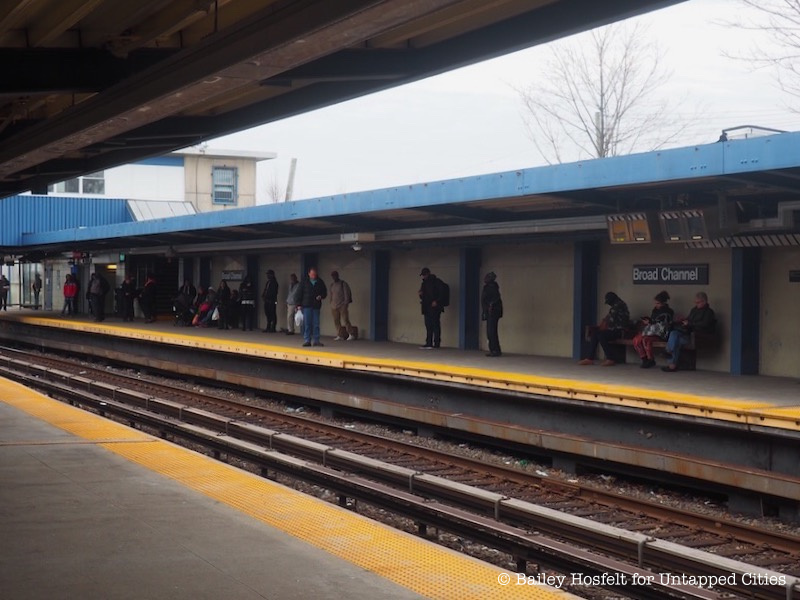
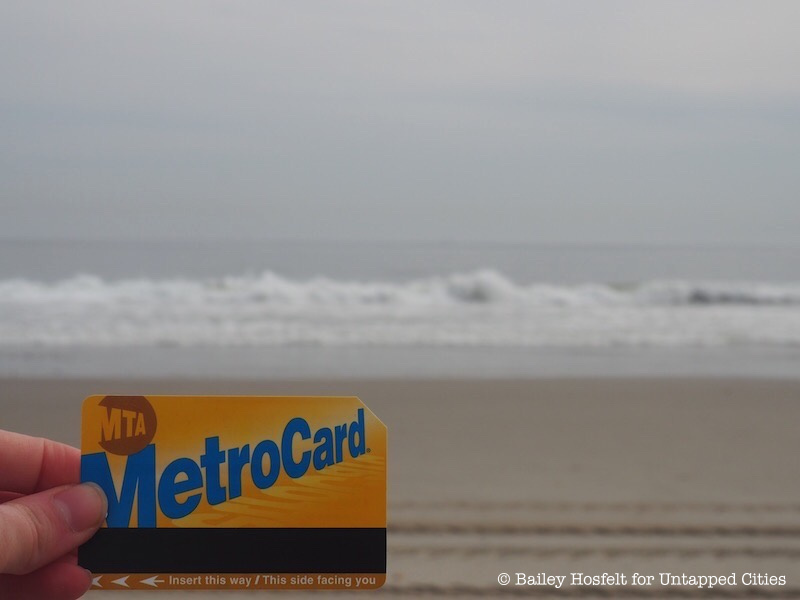
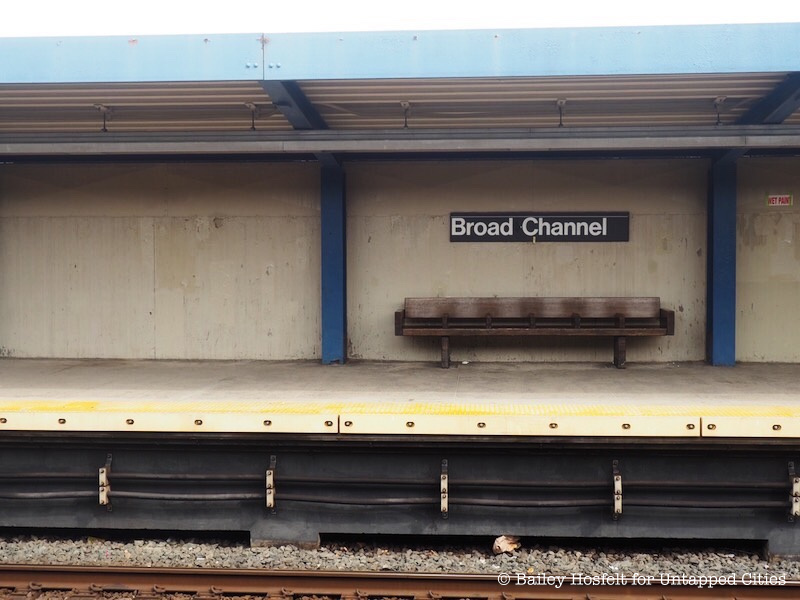
Bronx: E 143rd St-St. Mary’s St; 6 Train (313,386 annual riders)
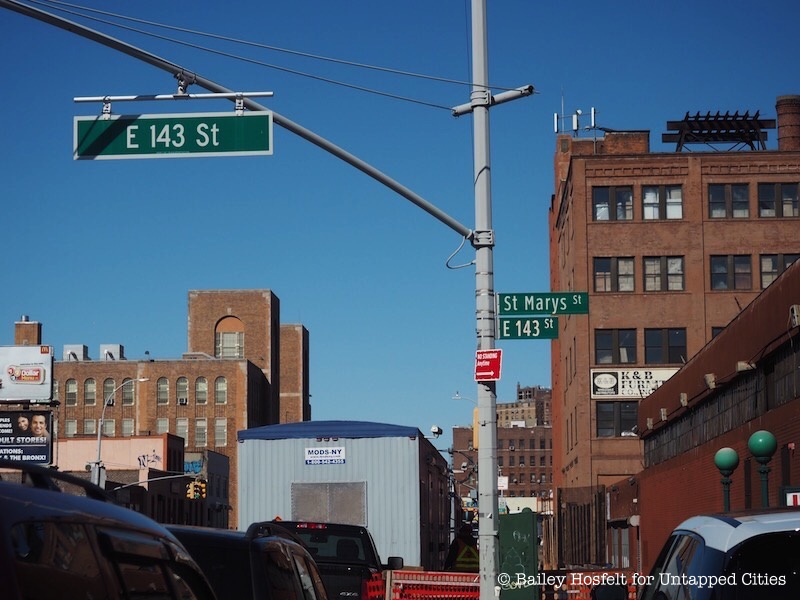
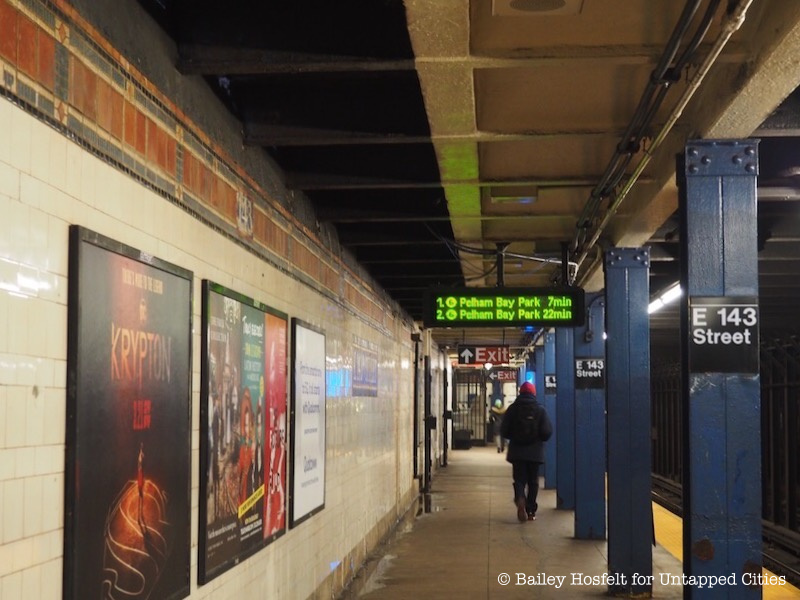
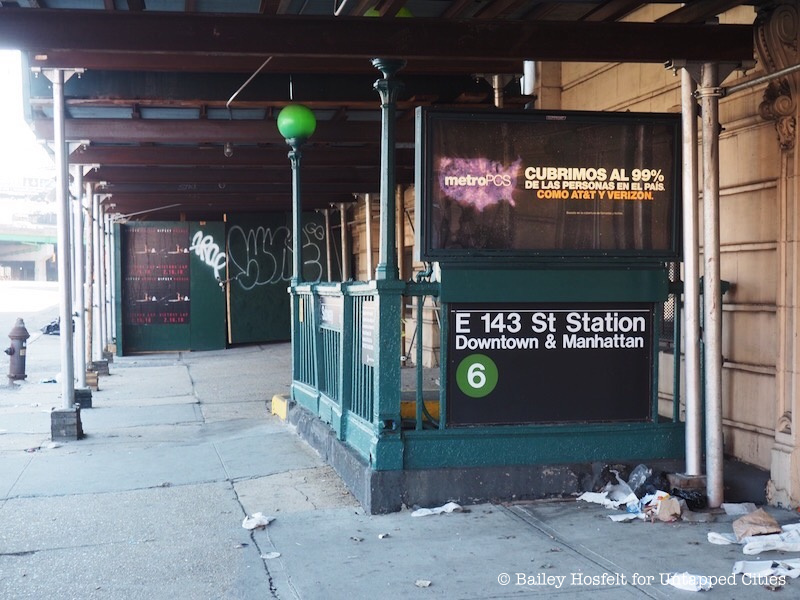
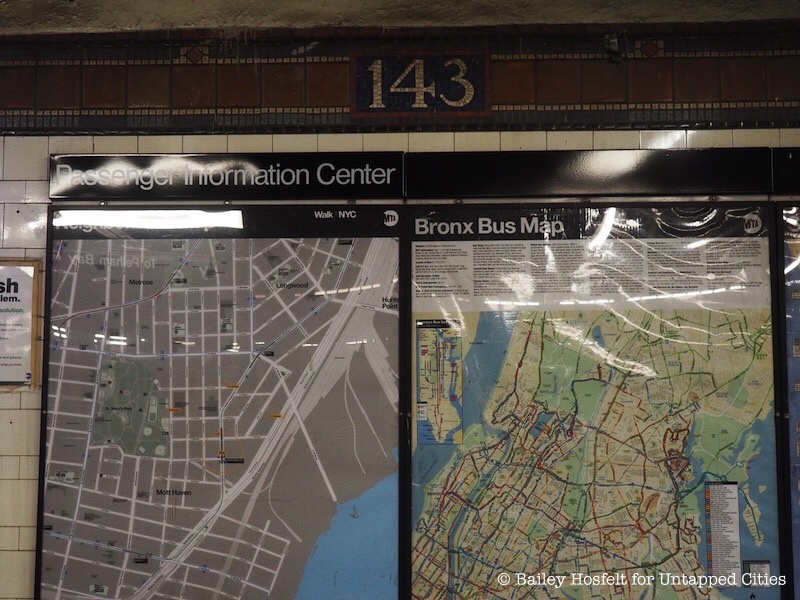
Manhattan: 215st St; 1 Train (636,441 annual riders)
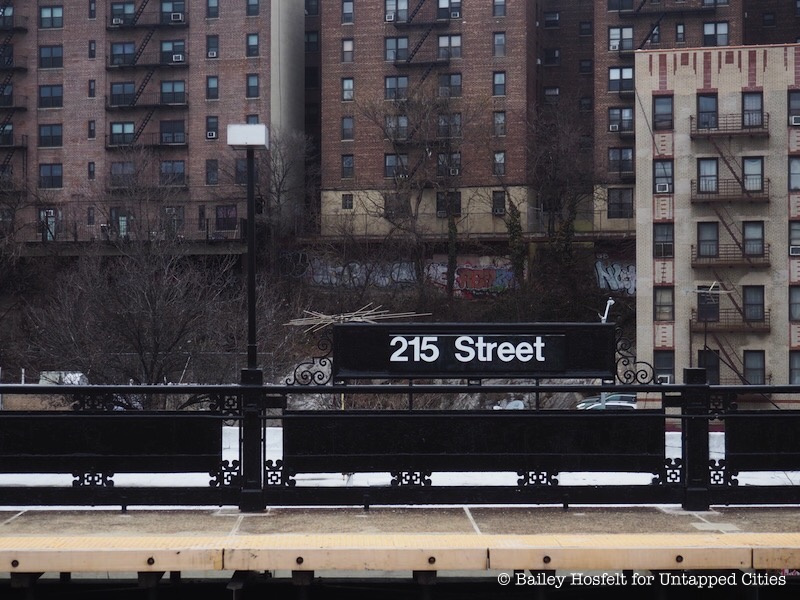
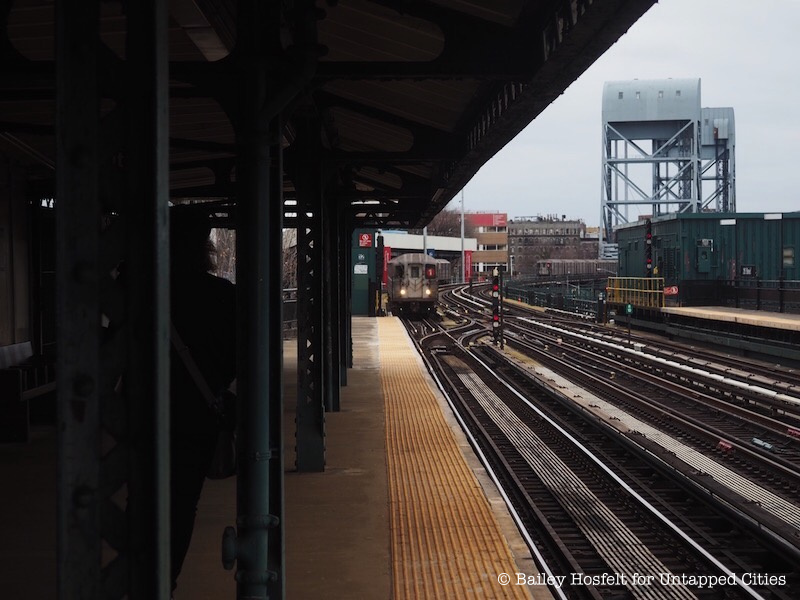
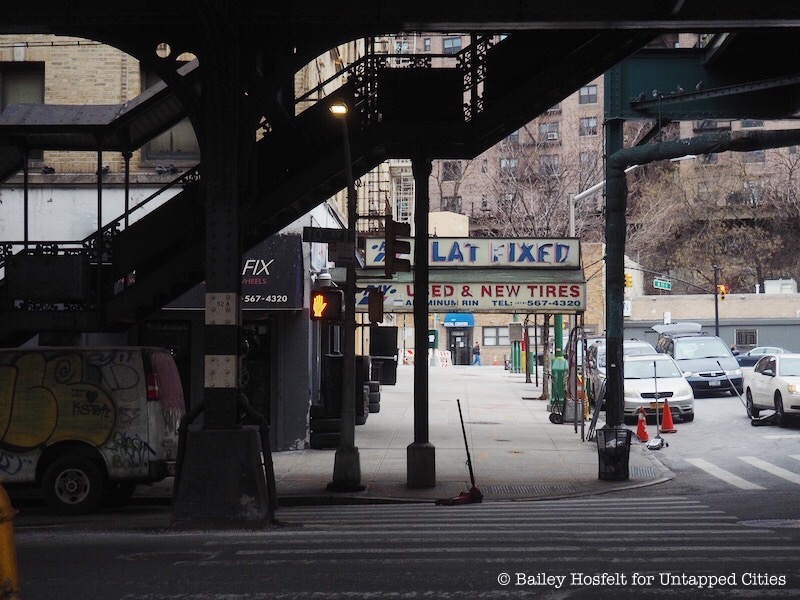
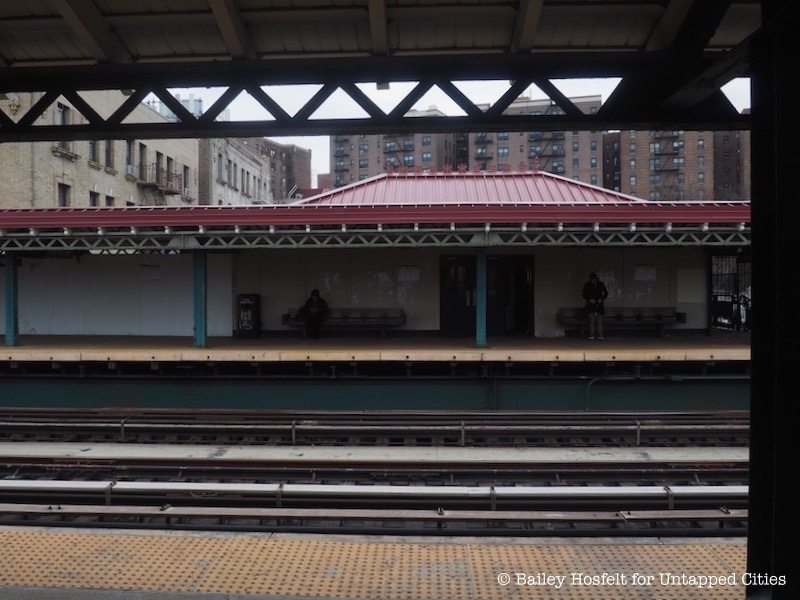
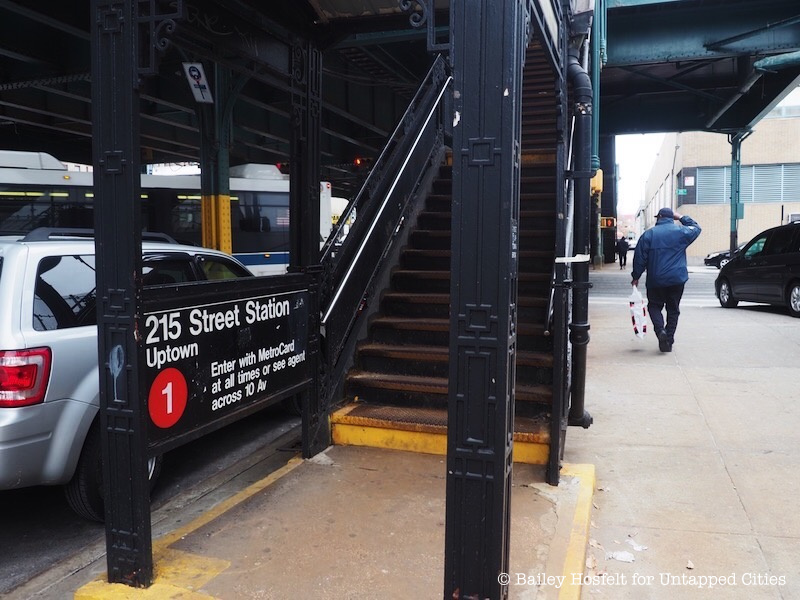
Brooklyn: Bay Parkway, F Train (406,793 annual riders)
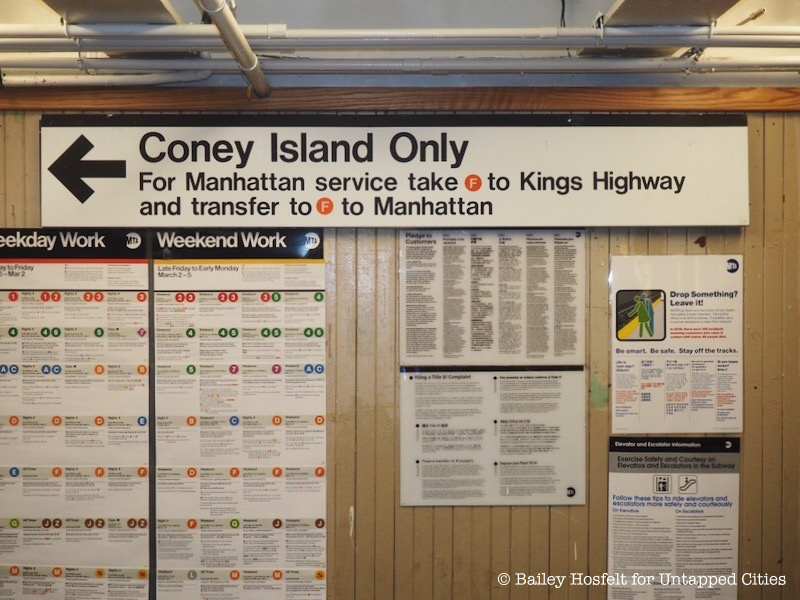
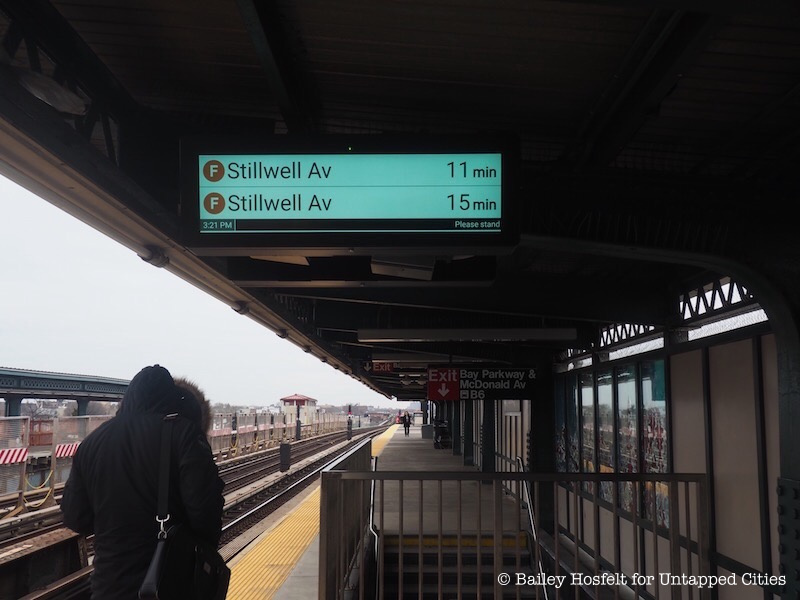
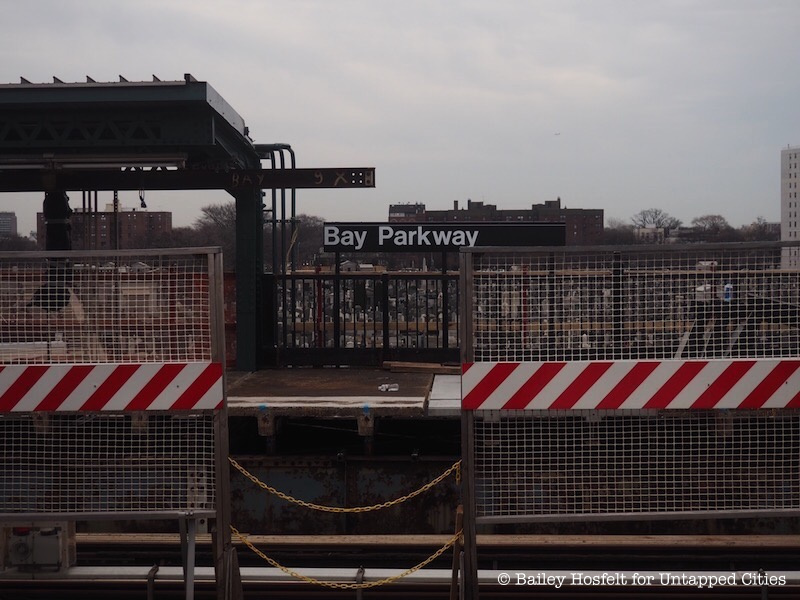
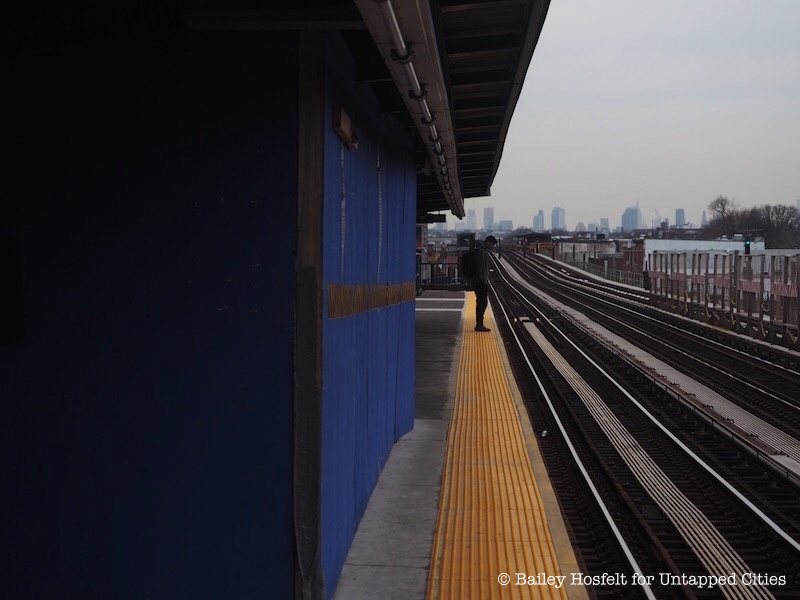
Most Traveled
Manhattan: Times Sq-42 St; N, Q, R, W, S, 1, 2, 3, 7, A, C, E Train (64,531,511 annual riders)
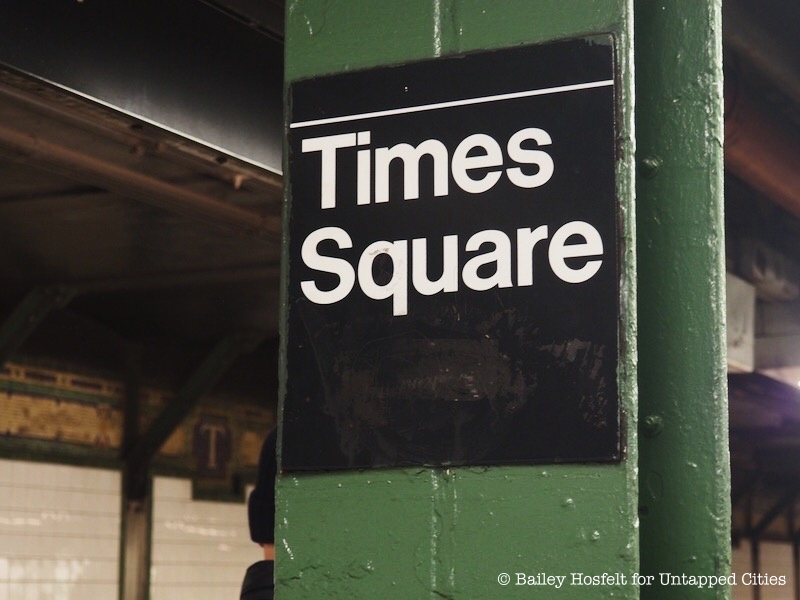
Manhattan: Grand Central-42 St; S, 4, 5, 6, 7 Train (46,121,509 annual riders)
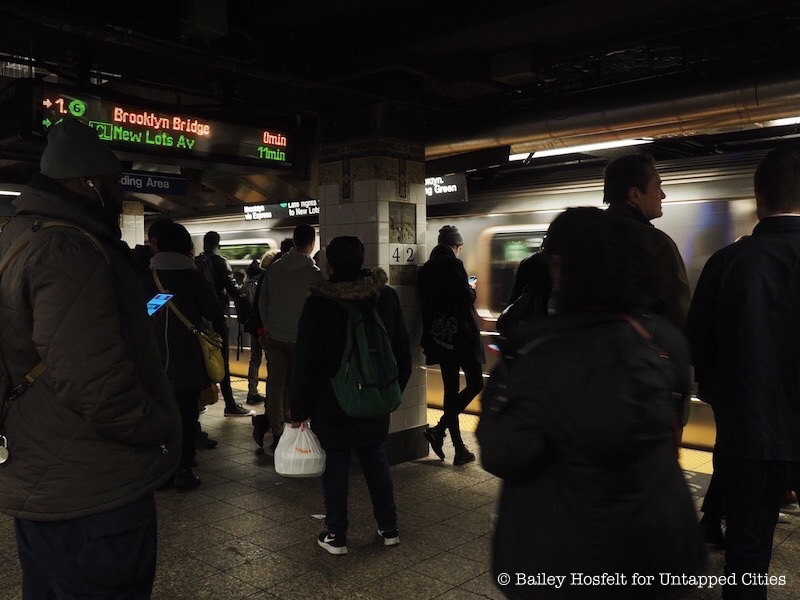
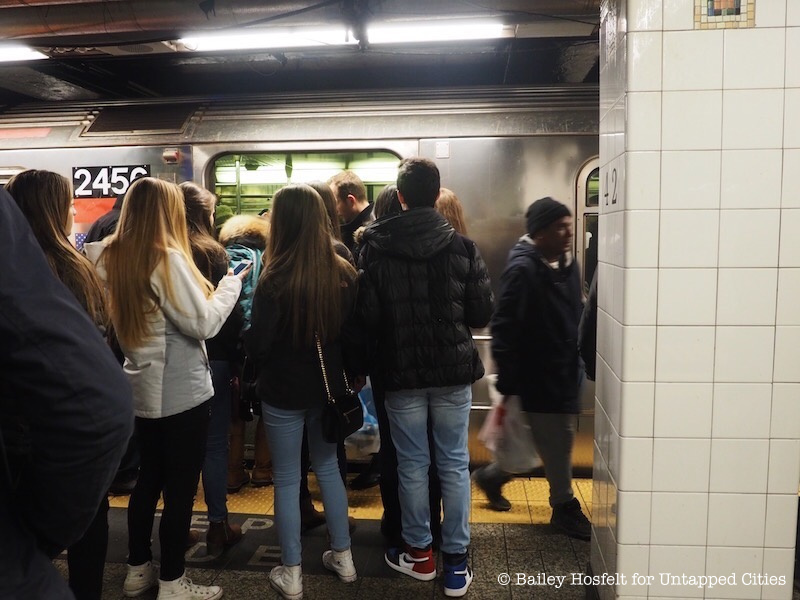
Manhattan: 34 St-Herald Sq; B, D, F, M, N, Q, R, W Train (39,000,352 annual riders)
Manhattan: 14 St-Union Sq; L, N, Q, R, W, 4, 5, 6 Train (34,289,822 annual riders)
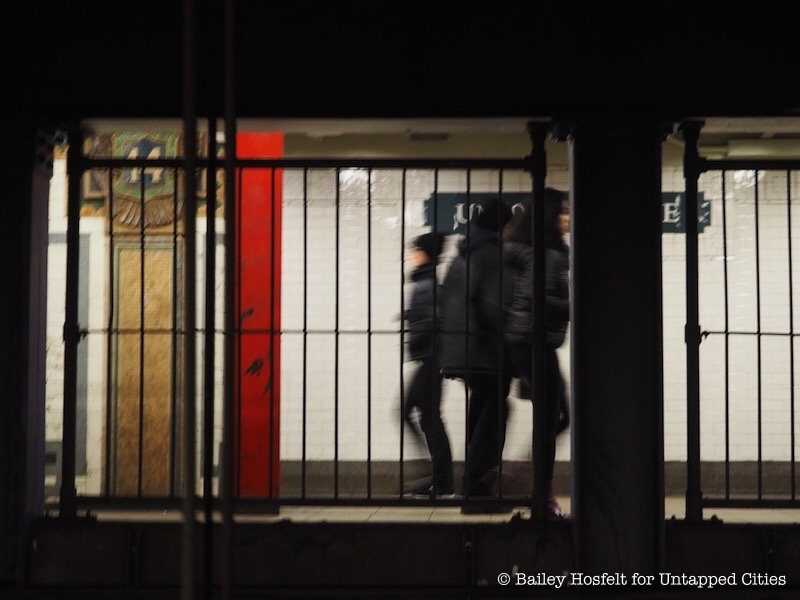
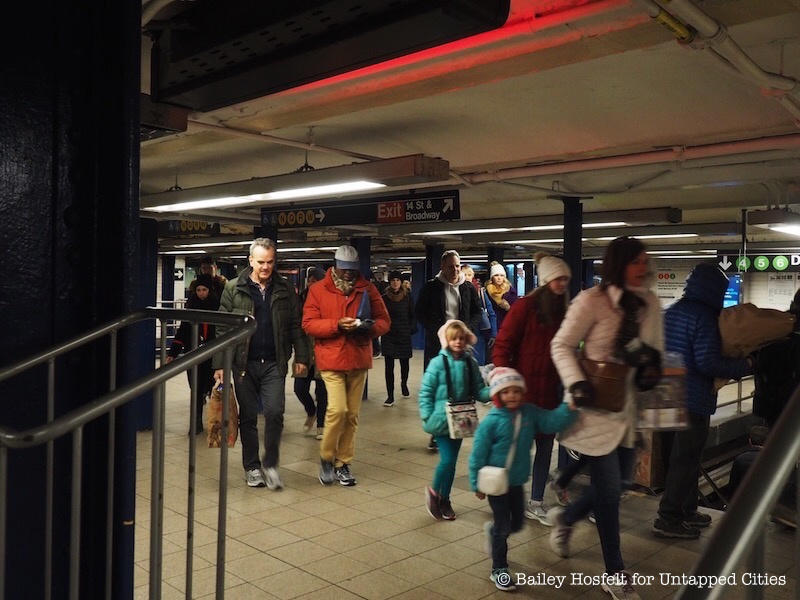
Manhattan: 34 St-Penn Station; 1, 2, 3 Train (27,741,367 annual riders)
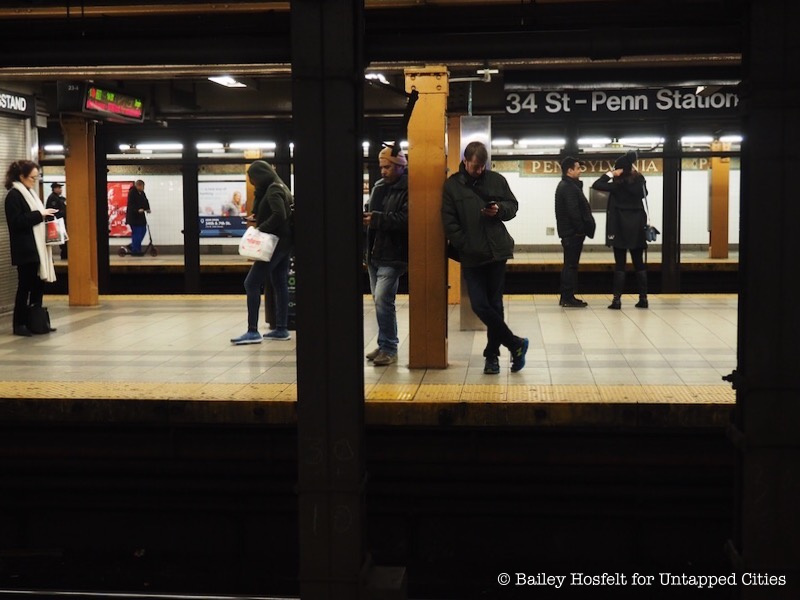
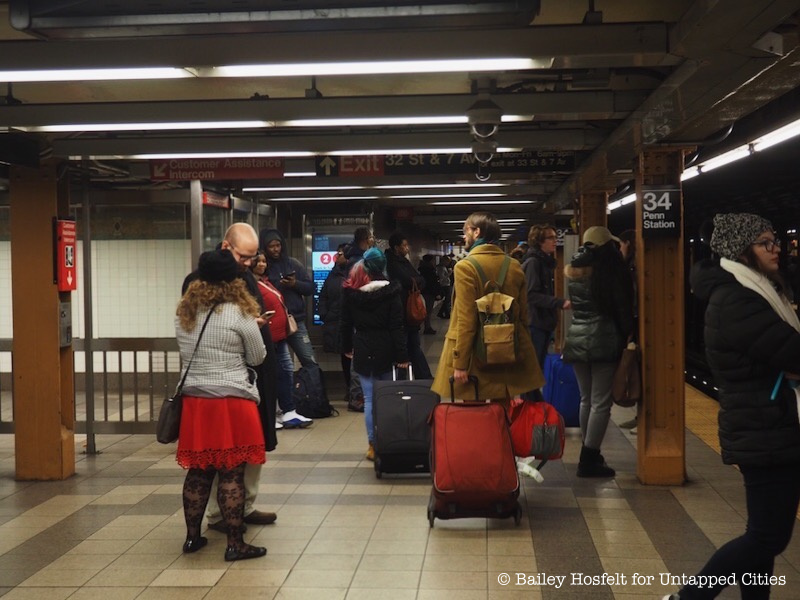
Although some of the least traveled stations are off the beaten path or partially under construction, New Yorkers wait for their trains just the same. People fall asleep, check their phones and listen to music. Ridership may be lower, but the ritual of a New York City commute looks familiar. And sometimes the beach is closer to your subway station than soaring skyscrapers are.
Almost make sure to join us for our upcoming tour of the New York City subway, where we’ll take a ride through the living history of the world’s largest rapid transit system (in area) by weaving in and out of the past and present transit hubs of lower Manhattan:
Underground Tour of the NYC Subway
Next, check out the Top 10 Secrets of the NYC Subway and learn Fun Facts About the Opening Day of the NYC Subway.






